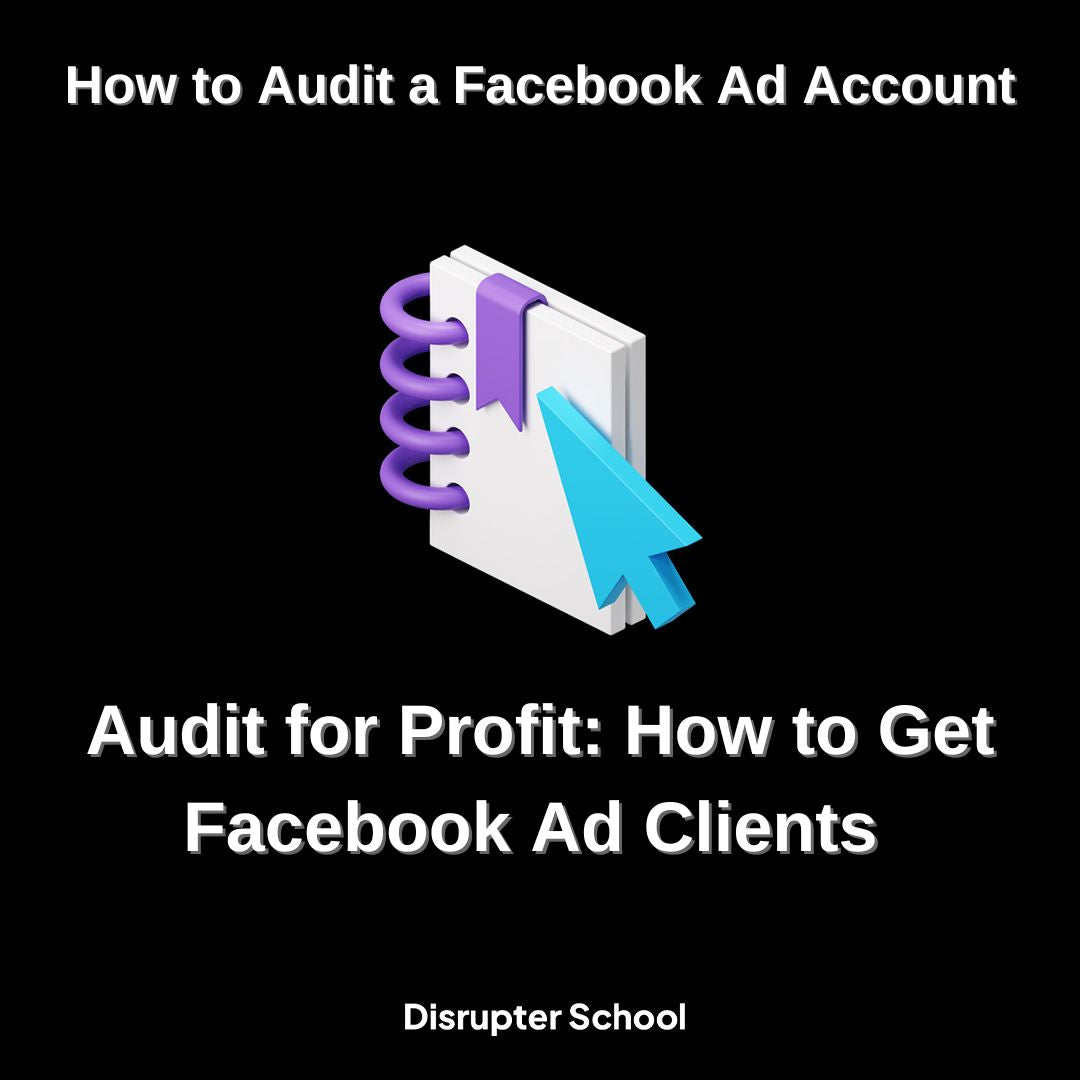Google’s Performance Max campaigns promise an all-in-one solution for running ads across its vast network, but they aren’t the magic button they seem. To get the most out of these campaigns, you need to understand how they really work, where they fall short, and how to structure them for better results. This session is packed with practical insights to help you avoid wasted budget, control your ad spend, and turn Performance Max into a tool for growth.
💣 Some key takeaways:
➡ Performance Max’s True Function
Performance Max campaigns often prioritize retargeting and existing audiences, which can inflate results and lead to missed opportunities for new customer acquisition.
➡ Control Over Your Budget
Without careful monitoring, budgets can be misallocated to low-performing placements or redundant retargeting. Using settings like brand traffic exclusions and customer acquisition preferences can help maintain focus.
➡ Importance of Data Validation
Google’s metrics can sometimes overstate campaign success. Third-party tools like Triple Whale or Hyros offer deeper insights to validate your performance data and ensure accurate tracking.
➡ Leveraging Complementary Channels
Combining Performance Max with top-of-funnel efforts on platforms like YouTube and Meta can improve campaign results by feeding fresh audiences into the funnel.
➡ Strategic Campaign Segmentation
Segmenting campaigns based on product value, audience type, or other key factors ensures better targeting, optimized bidding, and more relevant ad placements.




![Don’t Let Google’s Performance Max Fool You with Raoul van Heerden [E-Book]](http://thedisrupterschool.com/cdn/shop/files/PerformanceMaxEbook.png?v=1734478502&width=1445)
![Don’t Let Google’s Performance Max Fool You with Raoul van Heerden [E-Book]](http://thedisrupterschool.com/cdn/shop/files/PerformanceMaxEbookGIF.gif?v=1734478735&width=1445)



